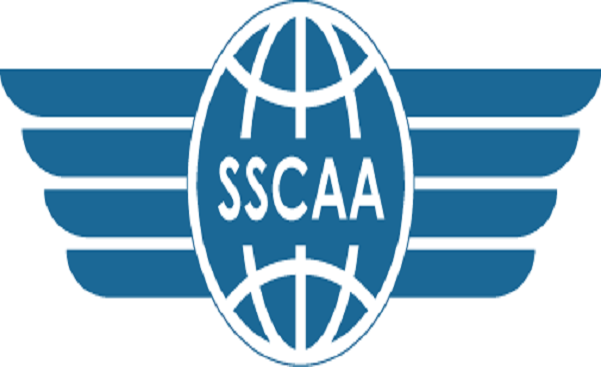South Sudan said it will be welcoming the world’s international aviation operators and airliners into its skies following the launch of a state-of-the-art, online air space management system.
The South Sudan Civil Aviation Authority (SSCAA) revealed that this move that will open up new routes, boost tourism and generate much-needed revenue for the economy. Operators of commercial, cargo and aid aircraft can now integrate Juba International Airport into their routes.
The airspace management system launch marks a significant milestone in the ongoing expansion of South Sudan’s sovereign infrastructure, and its continued integration into the global marketplace.
According to SSCAA, the newly established lower airspace was launched in partnership with aviation solutions provider NavPass, whose work with the SSCAA included airspace design, installation of a fully automated and AI-powered fee collection system, and compliance with the latest ICAO safety guidelines, government regulations, and best practice.
Publication of South Sudan’s Aeronautical Information Publication (AIP) manual, effective on the 17th of June, marked the official launch of the airspace. The public document contains the operational protocols and specifications of the airspace, enabling all international operators and airliners to integrate the Juba terminal control area (TMA) into their routes.
SSCAA said the advanced technology now enables it to automatically identify and charge overflight fees to all aircraft entering its airspace – a global standard practice which will see tens of millions of dollars of previously unrealized revenue reinvested into aviation infrastructure, which will jump-start the country’s economy.
The airspace is now fully compliant with the UN International Civil Aviation Organization’s (ICAO) operational standards, in addition to compliance with International Air Transport Association (IATA) standards.
SSCAA revealed that building the airspace from the ground up has helped in sidestepping the reliance on legacy infrastructure that prevents many of the world’s economies from integrating the latest technologies into their airspace design and fee collection systems.
Built on the global-standard Performance-Based Navigation (PBN) system, South Sudan’s airspace uses an AI-powered platform to record all flights in real time. The system automatically collects more than 99% of eligible fees– compared with the 70-80% collected by some of the world’s largest economies – with zero margin for human error or fee diversion.
Tom Perkins, CEO of NavPass, said: “This is a huge moment for South Sudan and NavPass, the establishing of an internationally compliant and globally accessible airspace is a critical and symbolic move for the country in building economic potential, connectivity and business.”
“For every dollar invested in sovereign airspace, capacity translates into between five and 20 dollars of economic impact. We’re proud to be working with governments across the world, including South Sudan, to optimise and monetize airspace, bridging the divide between nations,” Perkins added.
Capt. David Subek Dada, CEO of SSCAA, said: “Through this partnership with NavPass, South Sudan will welcome higher volumes of aviation trade, greater business opportunities, and improved route efficiency, safety and reliability.”

“This marks a crucial step towards a more prosperous future for the whole of South Sudan through additional direct and indirect economic activity,” Capt. Subek concluded.

